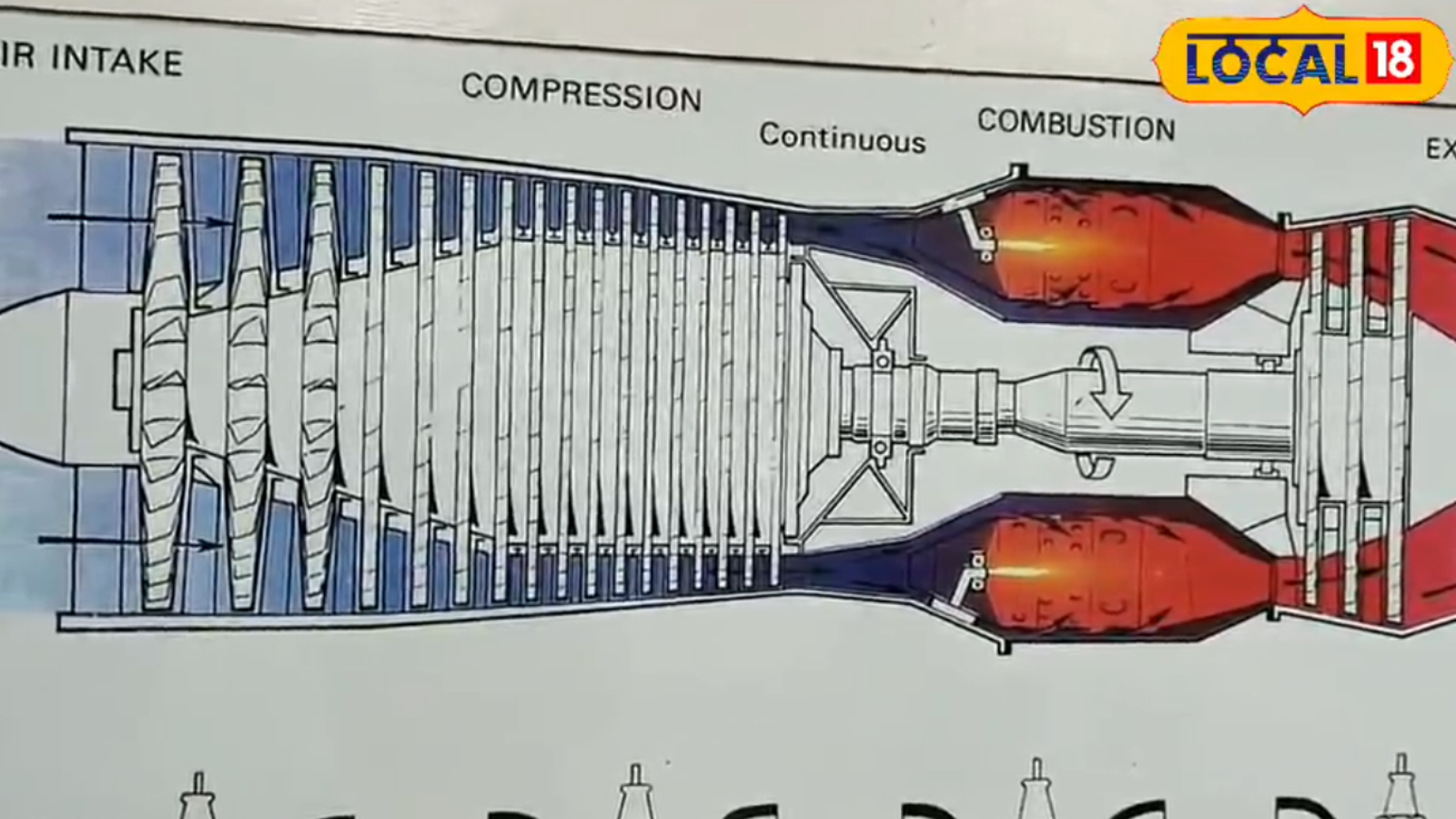
Last Updated:
Sam Thomas said that after the chicken gun test, engineers examine the damage. If it’s minimal, the aircraft is considered safe and ready for flight after necessary approvals
The ‘chicken gun test’ is typically conducted only on the first engine developed by any company. (Representative Image/AP)
The recent Air India crash in Ahmedabad, which claimed the lives of 241 out of 242 passengers on board, has reignited discussions around aircraft safety protocols. As investigators probe the causes, attention has turned to some of aviation’s lesser-known safety tests. One such procedure is the ‘chicken gun test’—a strange-sounding but critical method used to assess how well airplane engines can withstand bird strikes.
It may sound surprising, but airplane engines and wings are tested using live chickens to assess their resilience. Explaining the rationale behind this unusual method, Captain and Senior Commander Sam Thomas of the Airline Pilots Association of India shared some fascinating insights.
Why Is A Chicken Used In Aircraft Testing?
Sam Thomas explained that when a plane is cruising at high altitudes, bird strikes are a frequent hazard. Large birds can get caught in the wings, sometimes leading to serious accidents. At flying speeds of around 350 km/h, bird collisions can even shatter the windshield.
If a bird enters the engine, it can damage the blades, cause fires, or even shut down the engine—potentially resulting in a crash and loss of lives. To help prevent such incidents, the ‘chicken gun test’ is conducted. It is a type of aircraft safety test in which a chicken is fired into the turbine engine.
How The Chicken Is Launched For The Test
Thomas explained that the machine used by engineers for this process is called a ‘chicken gun’—a large compressed air cannon. It is used to fire a chicken at the windshield, wings, and engine of the aircraft at a speed comparable to that of an actual bird strike. After the test, engineers assess the extent of the damage. If the impact causes minimal harm, the aircraft is deemed flight-ready. However, if significant damage occurs—especially if the chicken penetrates critical parts like the engine—additional safety measures are implemented.
Thomas noted that real chickens are used because only their feathers, flesh, and tissue can accurately simulate the effects of a real bird strike.
When Is The Chicken Gun Test Done
Thomas said that the ‘chicken gun test’ is typically conducted only on the first engine developed by any company. If the same materials are used in the production of other engines and wings by that company, further individual testing is not required. The initial test provides a clear understanding of how much damage that specific engine and wing design can withstand. Based on this assessment, the rest of the engines and wings are manufactured.
He added that in many cases today, the ‘chicken gun test’ is no longer necessary, as standardised materials are now used to reduce the risk of bird strikes.
- First Published:








